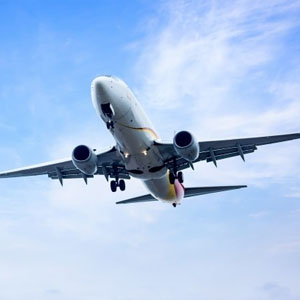
22 Jul Using the Principles of Surgical Smoke (Aerosol) Capture for Covid Control
I’ve recently been reviewing the efforts of others that are similar in concept to ours; COVID-19 patient isolation with an oxygen “tent” combined with virus capture using the miniSquair® aerosol capture device with entrapment of the virus within the ULPA filter or, even better, removal of the aerosol using a central vacuum system if available. A central system would eliminate the need to replace costly ULPA filters.
Interestingly, the concept has caught on but only with technologically advanced, expensive alternatives to what I believe is our relatively inexpensive format. These products include isolation helmets inclusive of a positive pressure environment and a highly sophisticated version of our system as developed by Taman Robotics at Technicon, Israel’s Institute of Technology.
As a corollary to the above, I just read an article in the Wall Street Journal entitled, “Airplane Makers Push to Reduce the Viral Risks,” Vol. CCXXV, No. 123, May 27, 2020 in which the airlines have turned to high tech to better safeguard their passengers. A review of their plans does not encourage my return to air travel any time soon. Why? Let me explain:
- They rely on HEPA filters to remove bioaerosols, including possible Covid viruses. These filters are specified to trap 99.99% of contaminants equal to or larger than 300 nanometers (nm) or 0.3 microns (um) in diameter. The problem is that Covid is 125 nm or 0.125 um in diameter. In other words, it is too small to be captured by the filter matrix.
- The filtered air is recirculated along with fresh outside air (50/50%) with reliance on HEPA filters so it is likely that they will be recirculating Covid viruses within the cabin. Ideally, to be effective, only outside air should be heated or cooled and then circulated and then exhausted using a central vacuum system to the outside avoiding any need for a filter. If not possible, then use ULPA (ultra-low particulate air) filters which can entrap the virus prior to recirculation of air within the cabin prior to exhaust from the plane.
- Wearing a mask means wearing a sneeze/cough shield which offers no protection from breathing in virus-laden aerosols from passengers or crew who are within 6’ of you. So what is the solution? We have suggested, based on the principles of surgical smoke (aerosol) capture and removal, that just like Covid-19 patients need to be isolated, likewise, if you cannot isolate, then identify the passenger’s viral status before they are even allowed into the airport, let alone the aircraft. They must be screened at the security station with rapid diagnostic testing before they are even allowed to enter the concourse to prevent contaminating the airport facilities. Until that is done, forget about being able to protect passengers and crew. Once inside the plane, as an additional precaution, resort to 100% outside air that is heated or cooled and passed through an ULPA filter prior to discharge from the cabin.
The principles of aerosol control learned in the hospital setting should work as well for the aircraft environment.

Sorry, the comment form is closed at this time.